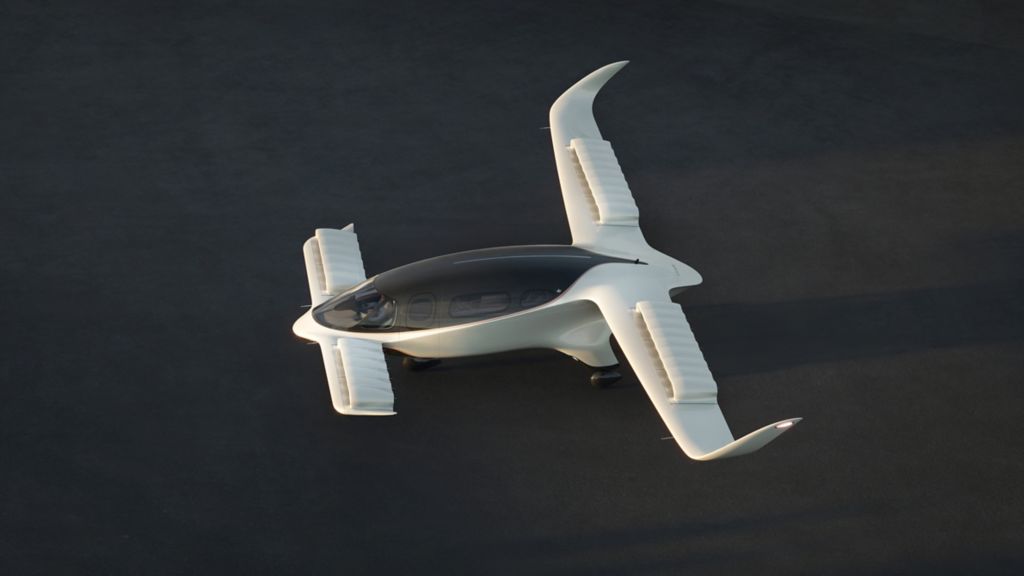from TSMC’s N16 Process to N6RF+
 SANTA ROSA, CA, Apr 25, 2024 – Keysight Technologies, Inc., Synopsys, Inc., and Ansys introduce a new integrated radio frequency (RF) design migration flow from TSMC’s N16 process to its N6RF+ technology to address the power, performance, and area (PPA) requirements of today’s most demanding wireless integrated circuit applications. The new migration workflow integrates millimeter wave (mmWave) and RF solutions from Keysight, Synopsys, and Ansys into an efficient design flow that streamlines re-design of passive devices and design components to TSMC’s more advanced RF process.
SANTA ROSA, CA, Apr 25, 2024 – Keysight Technologies, Inc., Synopsys, Inc., and Ansys introduce a new integrated radio frequency (RF) design migration flow from TSMC’s N16 process to its N6RF+ technology to address the power, performance, and area (PPA) requirements of today’s most demanding wireless integrated circuit applications. The new migration workflow integrates millimeter wave (mmWave) and RF solutions from Keysight, Synopsys, and Ansys into an efficient design flow that streamlines re-design of passive devices and design components to TSMC’s more advanced RF process.

The new Synopsys, Keysight, and Ansys N16 to N6RF+ integrated radio frequency design migration workflow.
This RF design migration initiative extends TSMC’s Analog Design Migration (ADM) methodology with additional capabilities for RF circuit designers. Beyond the productivity gains offered by ADM, the Keysight, Synopsys, and Ansys migration workflow demonstrates significant power reduction for a 2.4GHz low noise amplifier (LNA) design re-targeted to the N6RF+ process.
Key components of the design migration flow include:
- The Synopsys Custom Design Family, featuring Synopsys Custom Compiler layout environment with Synopsys ASO.ai for rapid analog and RF design migration and Synopsys PrimeSim circuit simulator
- Keysight RFPro for device parameterization, automated value fitting, and electromagnetic (EM) simulation
- Ansys RaptorH for on-silicon electromigration analysis and VeloceRF for passive component synthesis
RF circuit designers can adopt the migration flow to rapidly re-design their devices to the N6RF+ process specifications and accelerate time-to-market. Keysight RFPro enables parameterization of passive devices including inductors and automatically re-creates highly accurate simulation models with layout tuned to the new process. Designers view the re-created device layout in Synopsys Custom Compiler along with synthesized inductors from Ansys VeloceRF, and then perform interactive EM analysis in complex wireless chips.
Sanjay Bali, vice president strategy and product management EDA Group, Synopsys, said: “The need to rapidly migrate designs from node to node is essential to address the industry’s relentless drive towards enhanced quality-of-results on TSMC’s leading process technologies. The new flow, leveraging Synopsys’ Custom Compiler, ASO.ai and PrimeSim solutions, offers an integrated RF and analog design migration solution that enables efficient migration of designs from TSMC N16 technology platform to N6RF+. Combining the strengths of trusted and industry-leading RF and mmWave solutions from Keysight, Synopsys and Ansys provides mutual customers with an interoperable design flow to unlock massive productivity gains.”
Niels Faché, vice president and general manager, Keysight EDA, said: “Meeting PPA requirements while adhering to new process design rules is one of the biggest challenges facing complex RF chip designs. RF circuit designers want to leverage and reuse their libraries of N16 device and component intellectual property to improve ROI. This new flow facilitates fast re-design in the latest TSMC N6RF+ technology for existing components originally built in N16. Keysight RFPro enables circuit designers to easily perform the device parameterization, new simulation model generation, and interactive EM analysis inside the Synopsys Custom Compiler layout environment. No time-consuming data handoffs or domain specialization are required, which increases overall engineering productivity for RF circuit designers.”
John Lee, vice president and general manager of the semiconductor, electronics, and optics business unit at Ansys, said: “Electromagnetic simulation and modeling play a central role in developing predictively accurate solutions for RF, high-speed analog, HPC data transmission, 3DIC interconnect, and co-packaged optics. We take pride in our partnership with Keysight, Synopsys and TSMC, because it enables Ansys to nimbly address some of the most challenging problems in this rapidly evolving and dynamic market. By fostering open platforms that integrate best-of-breed solutions, our joint customers will derive greater value and achieve enhanced product outcomes.”
Dan Kochpatcharin, head of the design infrastructure management division at TSMC, said: “We’re delighted about our recent collaboration with Ansys, Keysight and Synopsys, which offers our mutual customers an efficient pathway to migrate their designs to our more advanced processes, ensuring that they meet the stringent PPA requirements. We’re committed to continuing our collaboration with our Open Innovation Platform (OIP) ecosystem partners to enable customers’ next-generation designs with solutions benefiting from the significant power and performance boost of our leading-edge technologies.”
About Keysight Technologies
At Keysight, they inspire and empower innovators to bring world-changing technologies to life. As an S&P 500 company, we’re delivering market-leading design, emulation, and test solutions to help engineers develop and deploy faster, with less risk, throughout the entire product lifecycle. We’re a global innovation partner enabling customers in communications, industrial automation, aerospace and defense, automotive, semiconductor, and general electronics markets to accelerate innovation to connect and secure the world.
Learn more at www.keysight.com.
About Synopsys
Catalyzing the era of pervasive intelligence, Synopsys, Inc. delivers trusted and comprehensive silicon to systems design solutions, from electronic design automation to silicon IP and system verification and validation. They partner closely with semiconductor and systems customers across a wide range of industries to maximize their R&D capability and productivity, powering innovation today that ignites the ingenuity of tomorrow.
Learn more at www.synopsys.com.
About Ansys
When visionary companies need to know how their world-changing ideas will perform, they close the gap between design and reality with Ansys simulation. For more than 50 years, Ansys software has enabled innovators across industries to push boundaries by using the predictive power of simulation. From sustainable transportation to advanced semiconductors, from satellite systems to life-saving medical devices, the next great leaps in human advancement will be powered by Ansys.
For more information, visit www.ansys.com.







